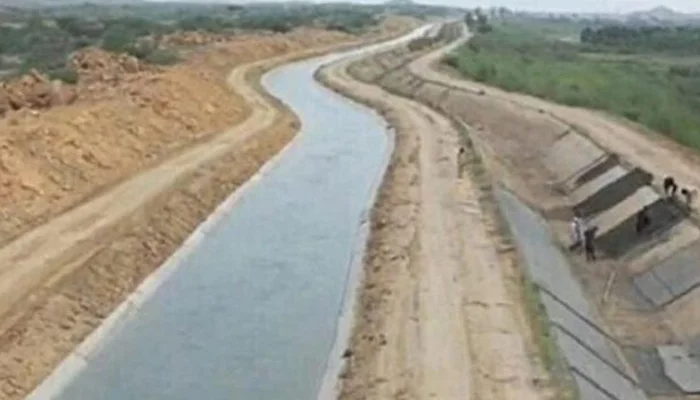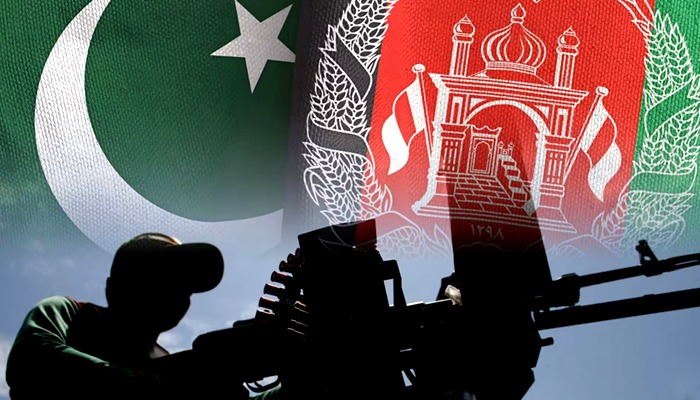Washington: Iran has taken significant steps that raise concerns about potential disruptions in the Strait of Hormuz, US intelligence sources
Last month, Iranian military forces reportedly loaded naval mines onto vessels in the Persian Gulf—though these mines have not yet been deployed—indicating possible plans to block the vital shipping lane.
The U.S intelligence suggests that these preparations occurred after Israel launched missile strikes against Iran on June 13.
The timing and nature of the mine loading imply that Tehran might have been serious about closing the Strait, which would have severely impacted global oil and gas shipments—approximately 20% of the world’s energy supplies pass through this narrow passage.
Despite these tensions, global oil prices have dropped over 10% since US strikes targeted Iran’s nuclear infrastructure, reflecting market relief that the conflict has not escalated into significant disruptions.
Following the US bombing of Iran’s nuclear sites on June 22, Iran’s parliament reportedly considered measures to block the Strait, but such decisions remain unconfirmed and are ultimately at the discretion of Iran’s Supreme National Security Council.
Historically, Iran has threatened to close the Strait but has not followed through.
US officials have indicated that intelligence was gathered through satellite imagery and human sources, though they did not specify exact timings or whether the mines have been removed.
A White House spokesperson credited recent military operations and diplomatic efforts for maintaining open navigation in the region.
Both the Pentagon and Iranian representatives at the United Nations have yet to comment on these developments.


















